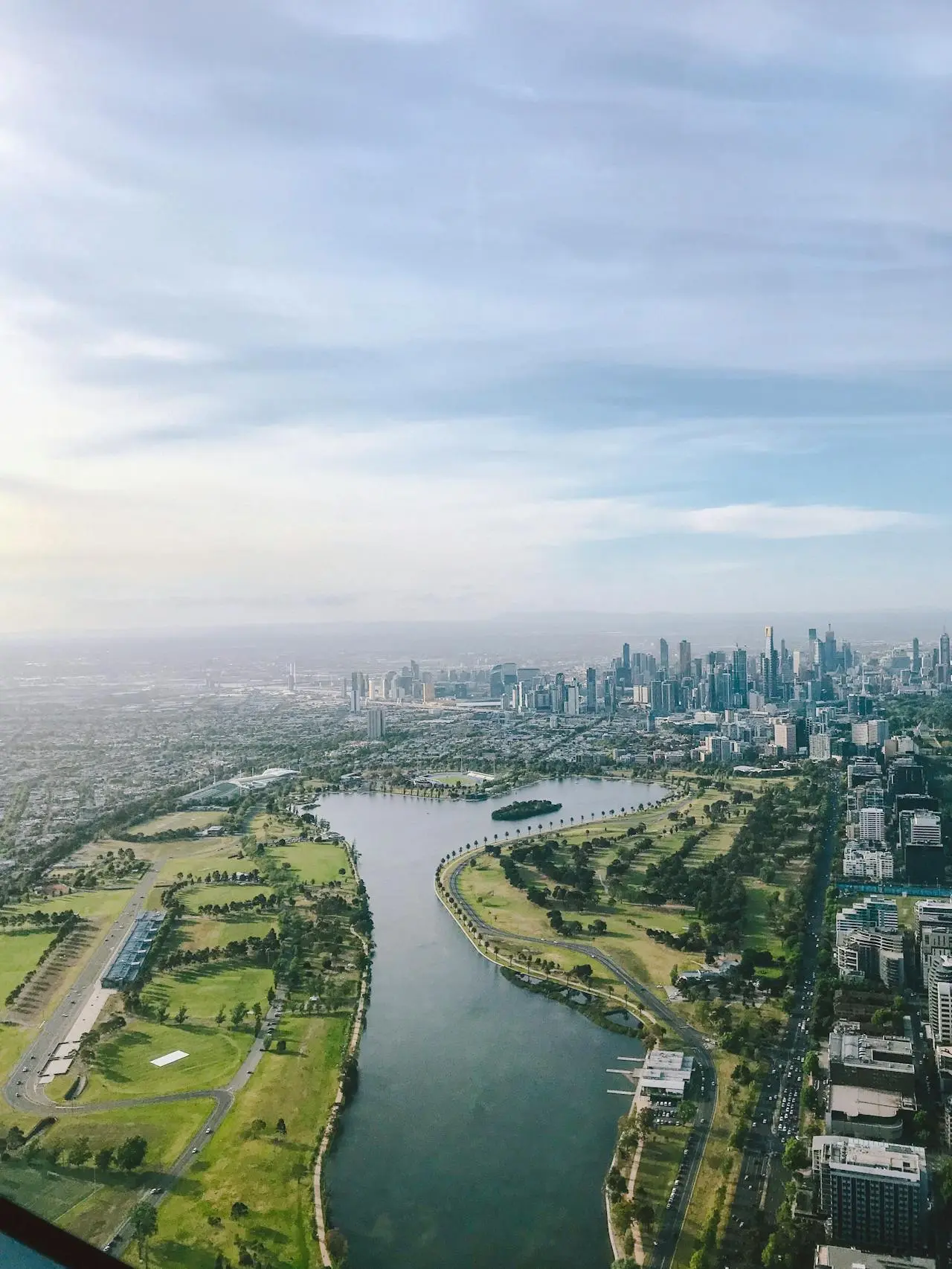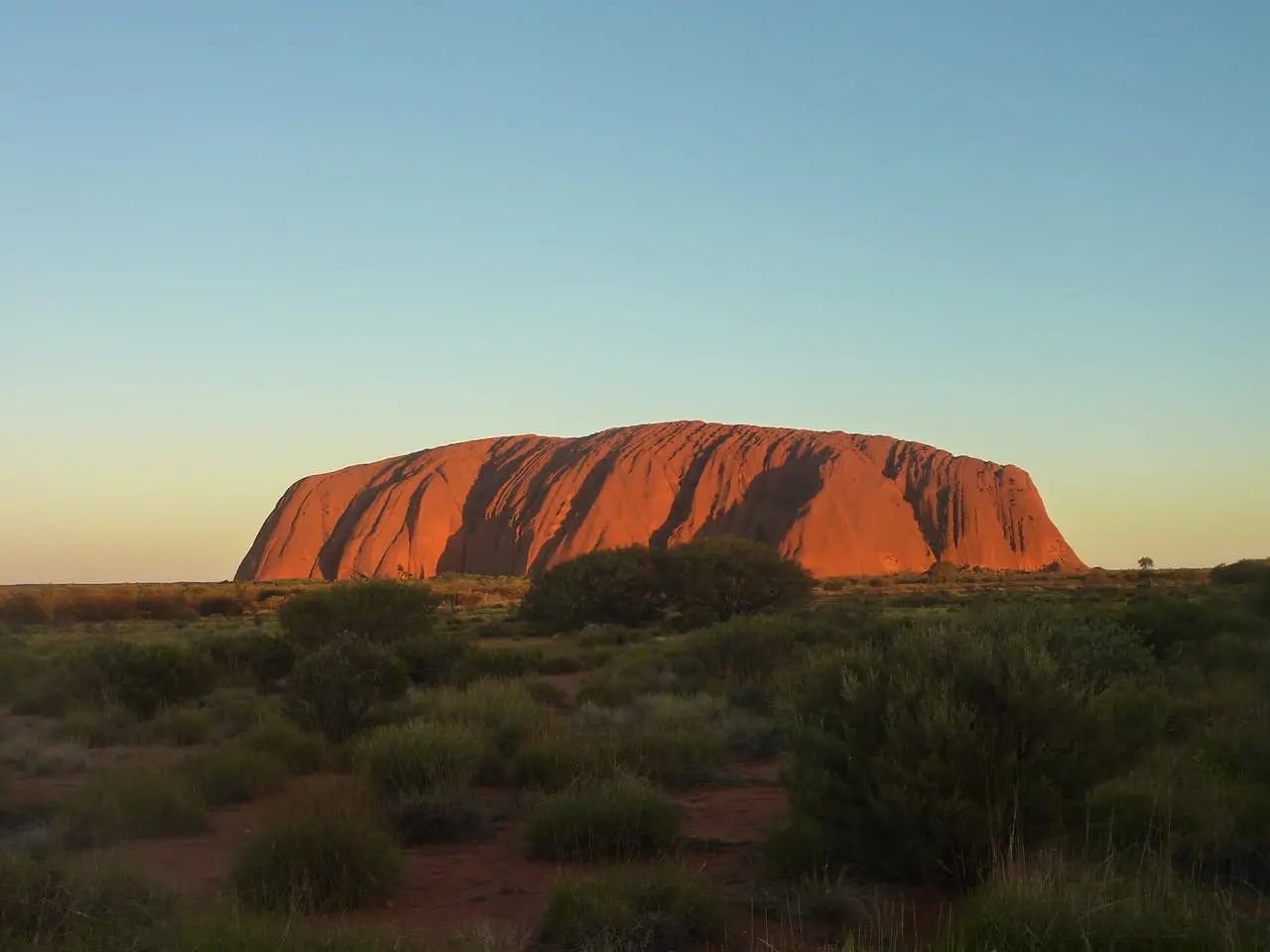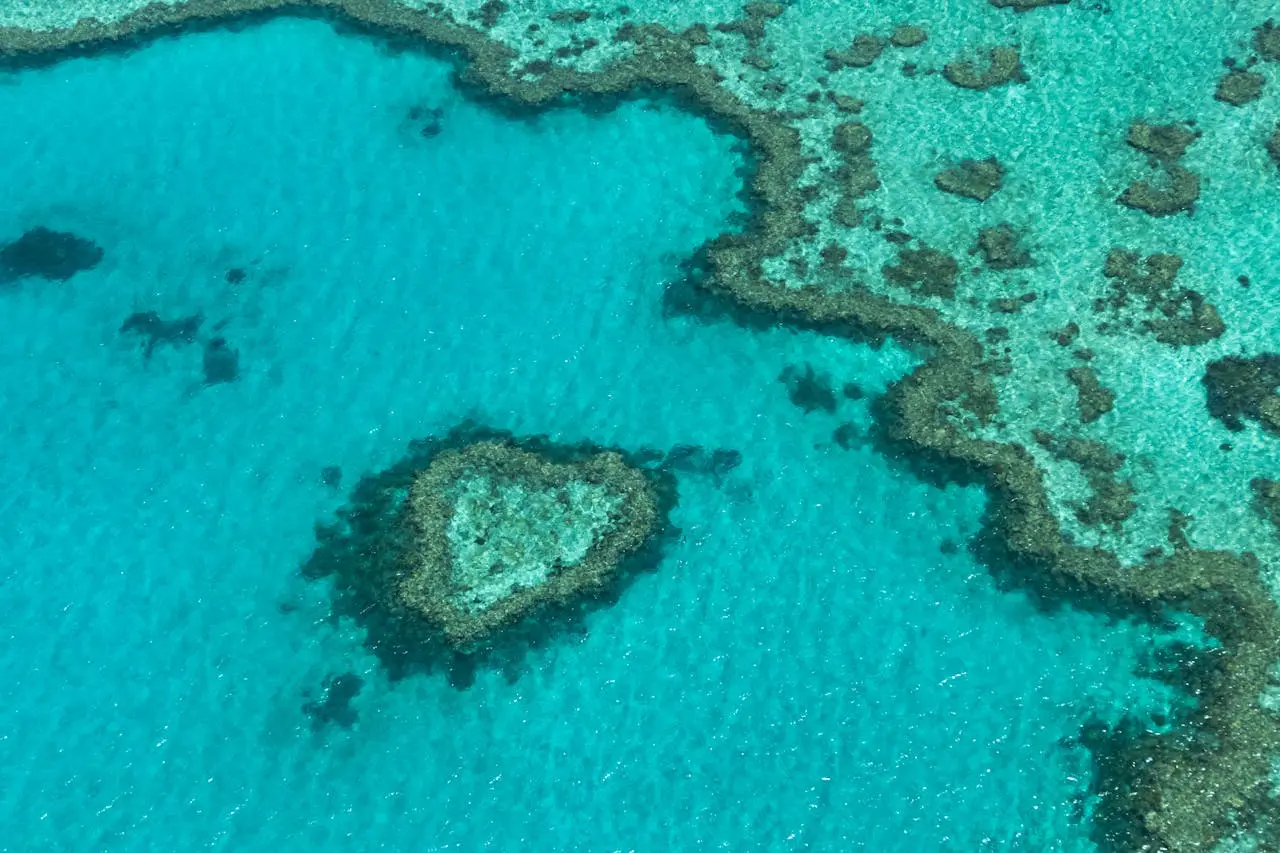Home to the world’s oldest continuous culture, this continent invites travelers to engage with more than landscapes; it asks you to listen, reflect, and rediscover wonder through the wisdom of its First Nations people, its resilient communities, and its striking natural beauty. From coral reefs to desert songlines, Australia is a journey of both outer exploration and inner awareness.
Why visit Australia?
Australia captivates with its world-renowned attractions — dive the vibrant Great Barrier Reef, snap a photo at the iconic Sydney Opera House, or road trip along the stunning Great Ocean Road. In Melbourne and Sydney, enjoy top-tier museums, beaches, wildlife sanctuaries, and food from every corner of the globe. Visitors can also explore Uluru (Ayers Rock) and the Daintree Rainforest, sacred sites rich in Aboriginal spirituality and storytelling. These Indigenous traditions echo the ancestral reverence familiar to African-descended travelers, who may also explore Afrobeat scenes, cultural festivals, and diaspora art collectives in the cities. While the African diaspora in Australia is relatively new, its growing voice in music, activism, and community life adds to the country’s cultural tapestry — offering unique moments of connection, especially around themes of resistance, identity, and Indigenous solidarity.


Popular Attractions
in Australia

Uluru (Ayers Rock)
Rising from the desert plains in the Northern Territory, Uluru is more than a natural wonder—it’s a deeply sacred site for the Anangu people, whose connection to this land spans tens of thousands of years. Walk the base with an Aboriginal guide, learn the stories of the Dreamtime (Tjukurpa), and witness the rock’s colors shift at sunrise and sunset. Visiting Uluru respectfully offers not only beauty, but humility and reverence.

Great Barrier Reef
Stretching over 1,400 miles along the Queensland coast, the Great Barrier Reef is the world’s largest coral reef system and a UNESCO World Heritage Site. Snorkel or dive among vibrant marine life, or explore with Indigenous sea rangers who share how their ancestors have protected these waters for generations. This is an unforgettable opportunity to connect environmental wonder with cultural stewardship.

Melbourne
Melbourne is Australia’s cultural capital—a city of music, art, food, and meaningful conversation. Visit Afro-Australian cafés and community spaces, attend multicultural festivals, and explore galleries that highlight Indigenous and global perspectives. From the laneways of Fitzroy to live jazz in Footscray, Melbourne offers a warm welcome to travelers who value connection and culture.
WHY CHOOSE
LABUSA TRAVEL FOR YOUR
Australia Experience?
Deep Expertise
We build itineraries through years of direct experience and strong local partnerships across Australia’s diverse communities. Our guides include Aboriginal cultural educators, environmental experts, and Afro-Australian artists who offer nuanced, respectful perspectives. Whether you're exploring sacred sites or creative neighborhoods, we ensure you journey with insight and care.
Purpose-Driven Travel
Our team designs travel that matters. Each experience is curated to uplift local voices, support Indigenous and diaspora-led businesses, and spark dialogue across cultures. From community-based conservation projects to intercultural cooking workshops, your trip helps build bridges and leave a meaningful impact.
Affordable Luxury & Authentic Moments
LABUSA Travel offers curated journeys that blend comfort with connection—boutique city hotels, eco-retreats, and immersive day tours with local hosts. You’ll enjoy high-value travel grounded in authenticity, not extravagance. Our goal is to make Australia's depth accessible to travelers who care about culture, community, and consciousness.

